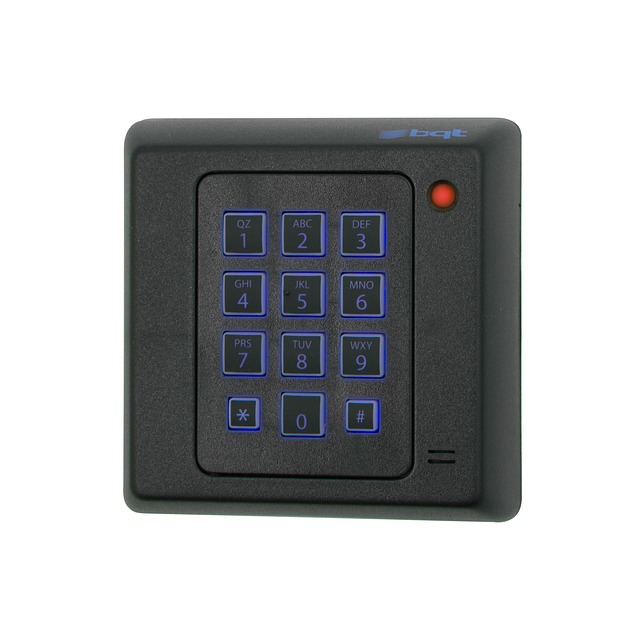Maintaining a rodent-free home is crucial for property preservation and public health. Regular inspections are key to identifying signs of infestation early. Effective rodent control strategies include sealing entry points, keeping homes clean, using traps or repellents, and employing professional services when needed. By addressing these aspects, homeowners can prevent and manage rodent infestations safely and efficiently.
Rodent infestations can disrupt the comfort and safety of your home. This comprehensive guide delves into the world of residential rodent control, offering insights on understanding and addressing these common pests. From identifying signs of activity to exploring non-toxic methods and DIY solutions, we equip homeowners with effective strategies. Learn about different rodent behavior patterns and when it’s time to call in professional pest control services for lasting rodent control.
Understanding Residential Rodent Infestations

Rodent control is a crucial aspect of maintaining a healthy and safe living environment. Understanding residential rodent infestations is the first step in effective management. Rodents, such as rats and mice, are persistent creatures that can quickly establish colonies within homes, causing damage to property and posing health risks. They are adept at finding entry points through tiny cracks, unssealed doors, or open windows, making it essential for homeowners to be vigilant.
Regular inspection is key to identifying potential signs of infestation, such as droppings, gnaw marks, or strange odours. Early detection allows for swift action, preventing rodents from establishing a strong hold. Effective rodent control involves a multi-faceted approach, including sealing entry points, maintaining cleanliness, and employing suitable methods like traps or professional pest control services to eliminate the problem at its source.
Common Rodents and Their Behavior Patterns

Rodents, such as rats and mice, are persistent intruders that can cause significant damage to homes. Understanding their behavior is crucial for effective rodent control. Rats, known for their agility, often enter buildings through small holes and gaps, seeking food and warm habitats. They are active during the night, making nocturnal activities a key time for their presence. Mice, smaller yet equally determined, can squeeze into even tinier openings. Unlike rats, mice typically prefer to live close to human settlements, attracted by easily accessible food sources.
Both species exhibit social behaviors, living in colonies and communicating through various vocalizations and scent markings. This makes them quick learners, capable of adapting to traps and avoidance strategies over time. Their high reproductive rates further complicate control efforts, as a single pair can quickly turn into an entire colony. Implementing rodent control requires addressing their entry points, maintaining cleanliness, sealing potential habitats, and employing a combination of traps, repellents, or professional services for long-term prevention.
Identifying Signs of Rodent Activity

Identifying signs of rodent activity is a crucial step in effective residential rodent control. Look for evidence such as gnaw marks on food packaging, walls, or furniture, as rodents often feed on stored foods and leave behind distinct teeth impressions. Additionally, you may notice piles of fur or droppings in hidden areas like basements, attics, or crawl spaces—these are clear indicators that rodents have taken up residence in your home.
Other subtle clues include unusual noises, like scurrying sounds or chewing, coming from walls or floors. Rodents also leave scent marks, so a persistent, unpleasant odor might suggest their presence. Regularly inspect your property for any gaps or openings, especially around pipes, wiring, and doors, as these are entry points rodents exploit to gain access to homes in search of food and shelter.
Effective Prevention Strategies for Homeowners

Rodent control is a proactive measure that starts with prevention. Homeowners can significantly reduce the risk of rodent intrusion by sealing entry points such as gaps in walls, floors, and ceilings. Ensuring all doors and windows are fitted with secure, weather-stripped seals is crucial. Regularly trimming trees and shrubs away from the house, and storing firewood and other potential hiding places off the ground, creates a less appealing environment for rodents. Additionally, maintaining a clean home by promptly cleaning up crumbs and spills, storing food in airtight containers, and keeping garbage bins securely sealed, eliminates attractive odours and food sources that might draw rodents in.
Beyond physical barriers, implementing good hygiene practices and regular inspections can be highly effective. Homeowners should regularly inspect their properties for signs of rodent activity, such as droppings, gnaw marks, or strange odours. Addressing any identified issues promptly prevents rodents from establishing a presence. Moreover, maintaining a well-landscaped yard with mowed grass and trimmed vegetation reduces hiding spots and discourages rodents from seeking shelter near homes. Combining these prevention strategies creates an impenetrable defence against rodent control challenges.
Non-Toxic Control Methods and DIY Solutions

Non-toxic control methods offer a safer alternative for those concerned about potential health risks associated with traditional rodenticides. These eco-friendly approaches focus on prevention, sanitation, and behavior modification. One effective DIY solution is to seal entry points and cracks around your home using caulk or steel wool, making it harder for rodents to find their way in. Regularly cleaning and sanitizing areas prone to rodent activity can also deter them from returning. Natural repellents like peppermint oil, cloves, and cinnamon can be used as scents that rodents find unpleasant.
Do-it-yourself traps are another non-toxic option. Live traps, for instance, capture rodents without harming them, allowing you to release them far from your property. There are various designs available, including box or cage traps, which use food as bait to entice and capture rodents humanely. These methods not only help control the current rodent infestation but also teach homeowners about rodent behavior, enabling them to implement long-term preventive measures for effective rodent control.
When to Call Professional Pest Control Services

If you’re dealing with a rodent infestation, knowing when to reach out to professional pest control services is crucial for effective rodent control. While DIY methods and home remedies can offer temporary relief, persistent or severe infestations often require expert intervention. Look out for signs such as consistent noise from hidden areas, visible droppings, gnawed cables or furniture, and unusual odours, indicating an active presence of rodents in your home.
Professional pest control experts possess the specialized equipment, knowledge, and experience to identify entry points, locate nests, and implement tailored solutions. They can also provide ongoing prevention strategies to safeguard your property from future invasions. Timely action is key; early intervention can prevent the problem from escalating, saving you time, money, and potential health risks associated with rodent activity.
